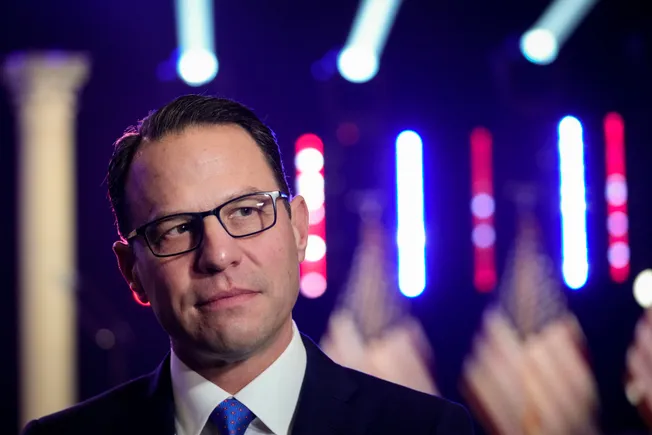
Pennsylvania colleges would be ‘equal partners’ under new system, governor’s office says
An 11-page report offers new details about Gov. Josh Shapiro’s plan to unite the state’s university system and community colleges.
At the end of the article -
The governor’s budget proposal also seeks increased funding for Pennsylvania’s state-related universities — Pennsylvania State, Temple and Lincoln, as well as the University of Pittsburgh.
These institutions, which receive some public money but largely operate independently, are not included in Shapiro’s merger plan. But he’s seeking to increase their state support by 5%.
Shapiro has also pitched funding Pennsylvania’s publicly supported colleges through a performance-based model, a potential change that Penn State’s leadership has supported.



